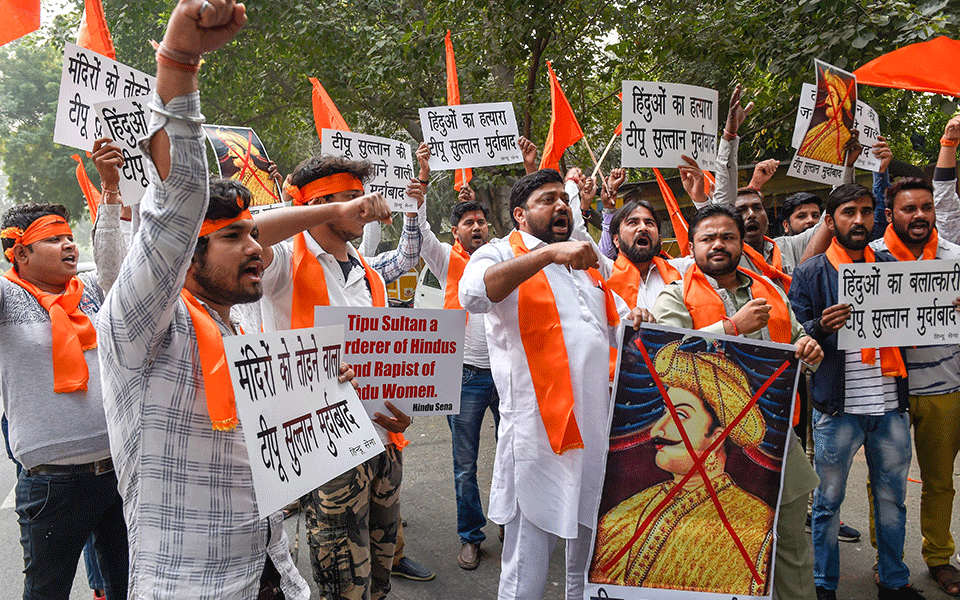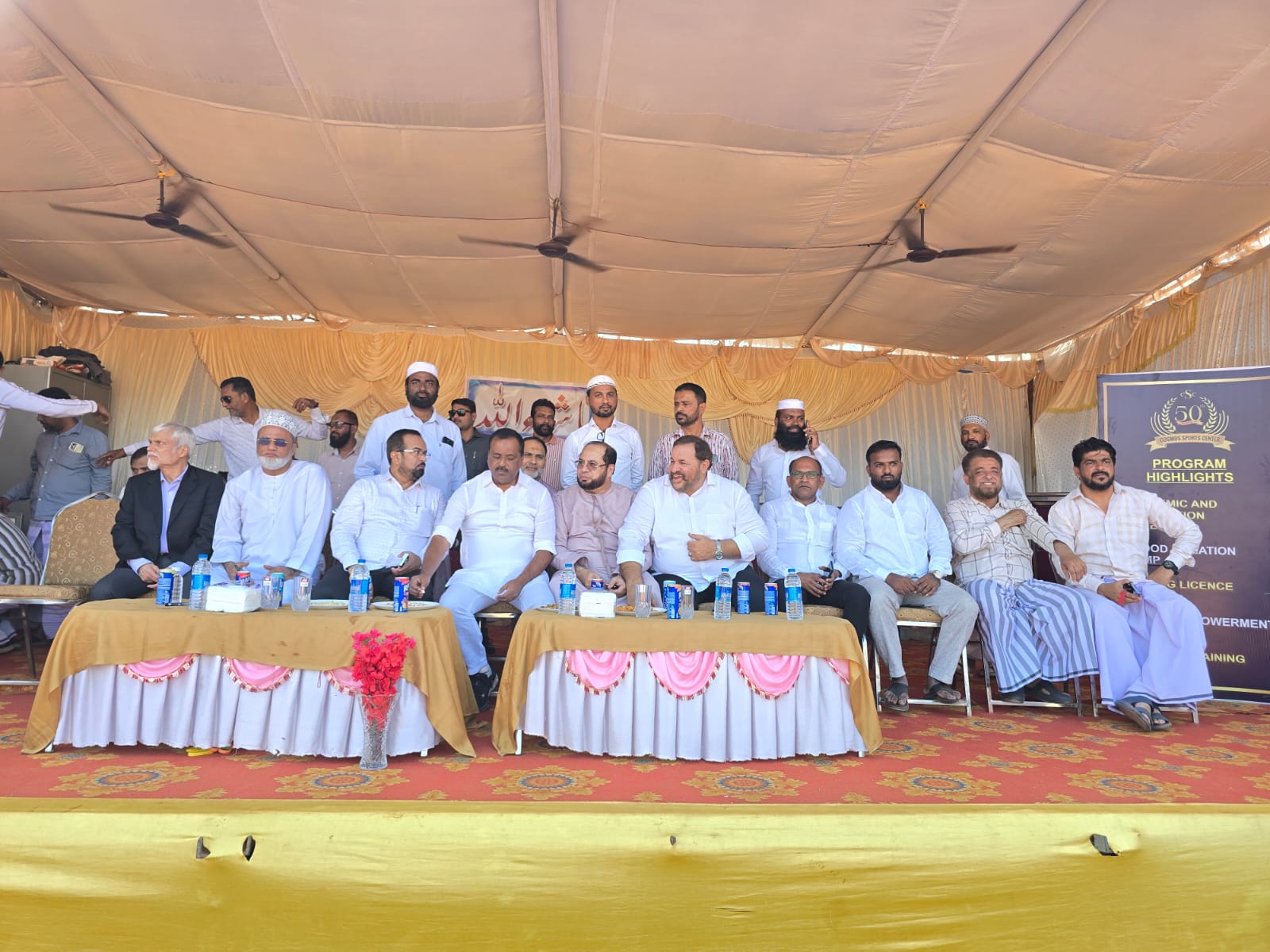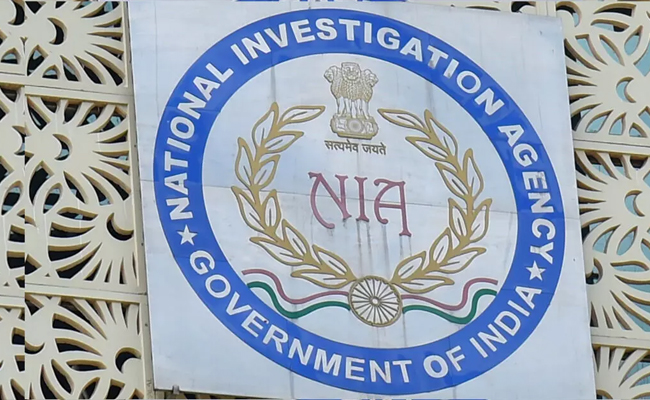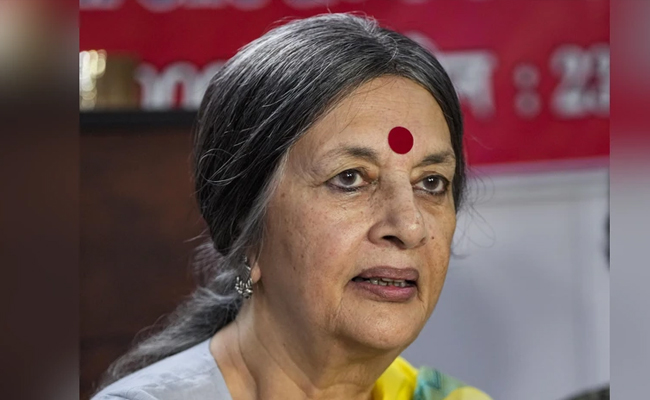Bengaluru, Nov 10: Protests by BJP and right-wing outfits broke out in several parts of Karnataka on Saturday against 'Tipu Jayanthi' celebrations, which were held amid tight security, while Chief Minister H D Kumaraswamy and his deputy skipped the main event here, drawing disapproval from ruling Congress lawmakers.
The previous Congress government led by Siddaramaiah began celebrating the birth anniversary of controversial 18th century Mysore kingdom ruler Tipu Sultan on November 10 every year since 2015, amid stiff opposition from the BJP and several Hindu organisations and groups.
When in the opposition, Kumaraswamy had questioned the need for such celebrations.
The main event at Vidhana Soudha, the state secretariat here, turned out to be lacklustre on Saturday, as Kumaraswamy, who is of JD(S), skipped it citing advice by doctors to take rest for three days till November 11.
Deputy Chief Minister G Parameshwara, who is of Congress, was also not present as he was reportedly in Singapore to visit an ailing senior politician from Karnataka.
As BJP and other right-wing outfits protested against the Jayanthi, Vidhana Soudha turned into a fortress with multi-layer security. Police ensured nobody could carry medicines, perfumes or even water bottles inside the venue.
Irrigation minister D K Shivakumar, minister for minority affairs B Z Zameer Ahmed Khan and MLAs Roshan Baig and N A Harris attended the main programme, where the BJP was accused of communalising the occasion.
Voices of disapproval started emerging from within the ruling coalition over the chief minister and deputy chief minister's absence, with a Congress MLA terming it as an "insult" to the Muslim community.
MLA and former minister Tanveer Sait requested the chief minister to at least attend a Tipu Jayanthi event at near to where he was taking rest.
According to party sources, many Congress leaders, especially those from the Muslim community, were miffed with the CM and deputy chief minister for skipping the event.
Kumaraswamy reportedly chose to skip the event so as not to antagonise voters in his party's bastion of old Mysuru region, as Tipu Sultan had seized power from Maharajas of Mysuru, who are virtually revered there.
The Chief Minister's Office (CMO), however, issued a statement on Kumaraswamy's absence at the event. Wishing success for Tipu Jayanthi celebrations, the JD(S) leader said Tipu's progressive measures in administration and his quest for innovation were "commendable".
He said as he was taking rest on doctor's advice.
"It is far from the truth that the CM is not taking part due to fear of losing power, as he opposes such blind beliefs," the CMO statement said.
This was the first Tipu Jayanthi celebration after the Kumaraswamy-led Congress-JD(S) coalition government came to power in the state.
Meanwhile, a group of Muslim leaders along with state minister Zameer Ahmed Khan Saturday met senior Congress leader Siddaramaiah and honoured him on the occasion of Tipu Jayanthi.
Calling Tipu a "good administrator," Siddaramaiah hit out at the BJP for opposing Tipu Jayanthi celebrations, and said the saffron party leaders had attended similar events while in power.
BJP and several right-wing outfits held protests in different parts of the state opposing the celebrations.
Calling Tipu a "religious bigot", the state BJP unit had urged the state government to drop its decision to celebrate the Jayanthi.
In Kodagu district, where celebrations in 2015 were marred by widespread protests and violence, 'Tipu Jayanti Virodhi Horata Samithi' called for a bandh. VHP worker Kuttappa had died in Kodagu district during a clash that erupted during the Tipu Jayanthi that year.
BJP workers along with MLA M P Appachu Ranjan were detained at Madikeri in Kodagu district for protesting the event.
Another BJP MLA and former assembly speaker K G Bopaiah was detained in Virajpet during the protest.
In Mangaluru, some protesters tried to barge into the zilla panchayat office with black flags where the event was being organised. Police later detained the protesters.
Similar protests were reported from Chikmagalur, Ballari, Karwar and various parts of the state.
Prohibitory orders have been clamped in most of the districts as a precautionary measure, police said.
Extra security arrangements were made in districts of Kodagu, Chitradurga, and coastal regions among others where local communities are opposed to the celebrations.
Tipu was considered an implacable enemy of the British East India Company. He was killed in May 1799 while defending his fort at Srirangapatna against the British forces.
The ruler, however, is a controversial figure in Kodagu district as Kodavas (Coorgis), a martial race, believe that thousands of their men and women were seized and held captive during his occupation and subjected to torture, death and forcible conversion to Islam.
He is also accused of execution of Mandayam Iyengars at the temple town of Melukote in Mandya district on the day of Diwali, as they supported the then Maharaja of Mysuru.
However, the claims are disputed by several historians, who see Tipu as a secular and progressive ruler.
Let the Truth be known. If you read VB and like VB, please be a VB Supporter and Help us deliver the Truth to one and all.
Mumbai (PTI): In view of Argentine superstar footballer Lionel Messi's visit to Mumbai on Sunday, the city police are implementing stringent security measures, like not allowing water bottles, metals, coins inside the stadiums and setting up watchtowers to keep an eye on the crowd, officials said.
The police also said taking extra care to avoid any stampede-like situation and to prevent recurrence of the chaotic situation that unfolded in Kolkata during Messi's visit on Saturday as thousands of fans protested inside the Salt Lake stadium here after failing to catch a clear glimpse of the football icon despite paying hefty sums for tickets.
Messi is expected to be present at the Cricket Club of India (Brabourne Stadium) in Mumbai on Sunday for a Padel GOAT Cup event followed by attending a celebrity football match. He is expected to proceed to the Wankhede Stadium for the GOAT India Tour main event around 5 pm.
"In view of Lionel Messi's visit to Mumbai, the police are geared up and have put in place a high level of security arrangements in and around the stadiums located in south Mumbai. Considering the chaos that prevailed in Kolkata and the security breach, we have deployed World Cup-level security arrangements at Brabourne and Wankhede stadiums," an official said.
Expecting heavy crowd near the stadiums during Messi's visit, the city police force has deployed more than 2,000 of its personnel near and around both the venues, he said.
As the Mumbai police have the experience of security 'bandobast' during the victory parade of ICC World Cup-winning Indian team and World Cup final match at the Wankhede Stadium, in which over one lakh cricket fans had gathered, we are prepared to handle a large crowd of fans, he said.
"We are trying to avoid the errors that occurred in the past," the official said.
There is no place to sneak inside the stadiums in Mumbai like the Kolkata stadium, according to him.
The police are also asking the organisers to provide all the required facilities to the fans inside the stadium, so that there will be no chaos, he said, adding the spectators have purchased tickets in the range of Rs 5,000 to 25,000. After paying so much of amount, any spectator expects proper services, while enjoying the event, he said.
The police are expecting 33,000 spectators at the Wankhede Stadium and over 4,000 at Brabourne Stadium. Besides this, more than 30,000 people are expected outside and around the stadiums just to have a glimpse of the football sensation, he said.
The organisers responsible for Messi's India visit recently came to Mumbai to discuss security arrangements. During the meeting, the Mumbai police asked them not to take the event lightly, according to the official.
After those requirements were fulfilled, the final security deployment was chalked out, he said.
Police has the standard procedure of the security arrangements inside the Wankhede Stadium, where people are barred from taking water bottles, metals objects, coins. Police are setting up watch towers near the stadiums and there will be traffic diversions, so that there is maximum space available to stand, according to the official.
Police are also appealing to the spectators to use public transport service for commuting and avoid personal vehicles to reach south Mumbai.
To avoid any stampede-like situation, police are also taking precautionary measures and will stop the fans some distance ahead of the stadium and public announcement systems will be used to guide the crowd. Barricades will be placed at various places to manage the crowd.
In case the crowd swells up beyond expectation, the police will divert people to other grounds and preparations in this regard underway, he said.
Additional police force has been deployed in south Mumbai to tackle any kind of situation, he said.





